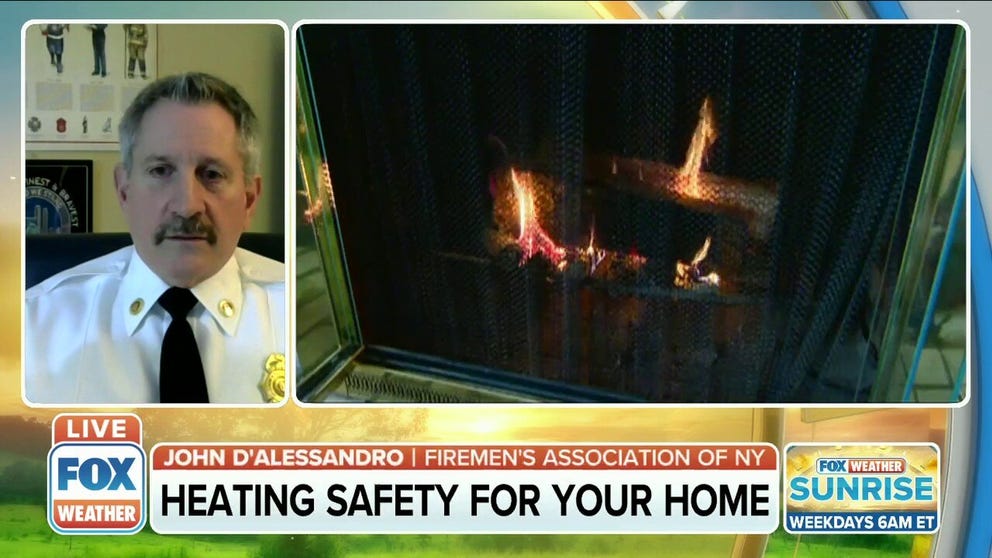What's that smell? Heater safety 101
Have your heating unit serviced and the fireplace cleaned before you need to use it
Fall safety tips for homeowners using their heaters for the first time
With temperatures dipping this week, here are some fall safety tips for homeowners who could be using their heaters for the first time.
Many regions of the U.S. will experience the first freeze of the season this week, meaning it's time to turn on the heat, but first, there are some steps to take to keep warm while staying safe.
John D'Allessandro, with the Firemen's Association of the State of New York, joined FOX Weather to talk about what people can do ahead of the first cold snap to prepare their homes.
Here are three steps to take ahead of using your heating system:
- Smell that? The first time you turn the heat on, it will likely produce a burning smell. Don't be alarmed. It's the dust in the system that will clear out after a short time. However, if the smell continues for a long duration, turn off the heat and contact a heating company to have it looked at. Try to turn on the heat before a cold snap and open the windows to alleviate the smell to avoid any issues. Additionally, you can have your furnace cleaned and tuned up. Contact a heating and air company or your property manager to set up a time to clean your heating system."People forget that they last used their heating units in the house about a year ago. They just get a cold night, and they flip it on," D'Allessandro said. "This is really a good time to take a few fire safety steps. First and foremost, have your heating unit, whether it be gas or oil, checked out by a professional have it cleaned and tuned up."Changing your furnace filter and cleaning your ducts will also help with the smell.
- Clean your fireplace. D'Allessandro said fire departments receive a lot of calls regarding chimney fires during the colder months. Most people don't use their fireplaces for months, and all the soot and ash can create a safety hazard when it needs to be used again. Blocked chimneys can also cause Carbon Monoxide to build up in your home. After the better weather has arrived, cleaning it out in the spring will mean it's ready to use come winter.
- Install a carbon monoxide detector.Carbon monoxide is a silent but deadly gas caused by burning fuel and can build up indoors without proper ventilation. According to the Centers for Disease Control and Prevention, "more than 400 Americans die from unintentional CO poisoning not linked to fires" per year. It's also the cause of more than 20,000 visits the emergency room."We hear a lot about smoke dedicators," D'Allessandro said. "Equally important is to have carbon monoxide detectors in your house, and in some respects, carbon monoxide is even a more dangerous element because if you're sleeping, you might not wake up."CO gets into your bloodstream, and signs of poisoning are similar to flu symptoms. "If you're running your furnace or you're running your fireplace whether it be wood or gas, and you start to feel like you have a headache or just not feeling right, feeling a little out of sorts, it's probably best to get out of the house," D'Allessandro said.A CO detector should alert you before those effects set in. According to Cooper Climate Control, if the alarm goes off or has a reading over 30, turn off the furnace and open the windows or leave the house altogether.
If you're not sure when to have the furnace ready for use, find the average first freeze of the season in your region here.
